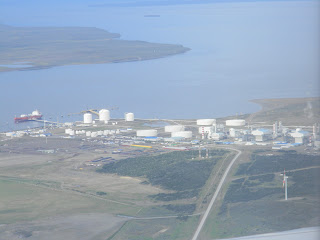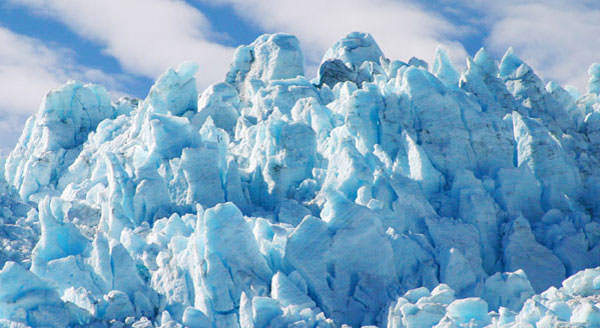The science team woke up this morning to the news of the
first sighting of sea ice. Sea ice was spotted at 7:45hrs local time from the
bridge. Today, our group sat at three different meetings one of which was a
practice CTD sampling exercise. The sampling protocol involved three distinct
groups who need to work in consort to efficiently use their time during
sampling .
The planned test deployments of the
CTD/Rosette and TMC Rosette for today, Saturday went well. The schedule was for
the Hydro-group (i.e. Team Klinck) to muster in the Baltic room for training on
oxygen, nutrient, and salt sampling at 10:00hrs. At 13:00hrs Klinck, Smith, and Bibby teams mustered
in the 03 Conference Room for a discussion on CTD sampling work flow.
In the
afternoon at 1430 CTD test cast and TMC test cast
were carried out and
went well. The day ended with discussion of the sampling protocols
and the practice adjourned until tomorrow at 10:00hrs.
On Sunday, January
1st, we’ll have a special lecture from Al Hickey entitled Doctors
without borders in Ethiopia at 1300hrs in the 03 Conference Room.
The
holiday party committee is currently working hard to throw a New Year’s party in just a few hours where yummy snacks
and mocktails will be served. Remember there is absolutely no alcohol policy on
the boat! While the committee is preparing for the festivities some of us are
blogging away!
Happy
New Year everyone!







































